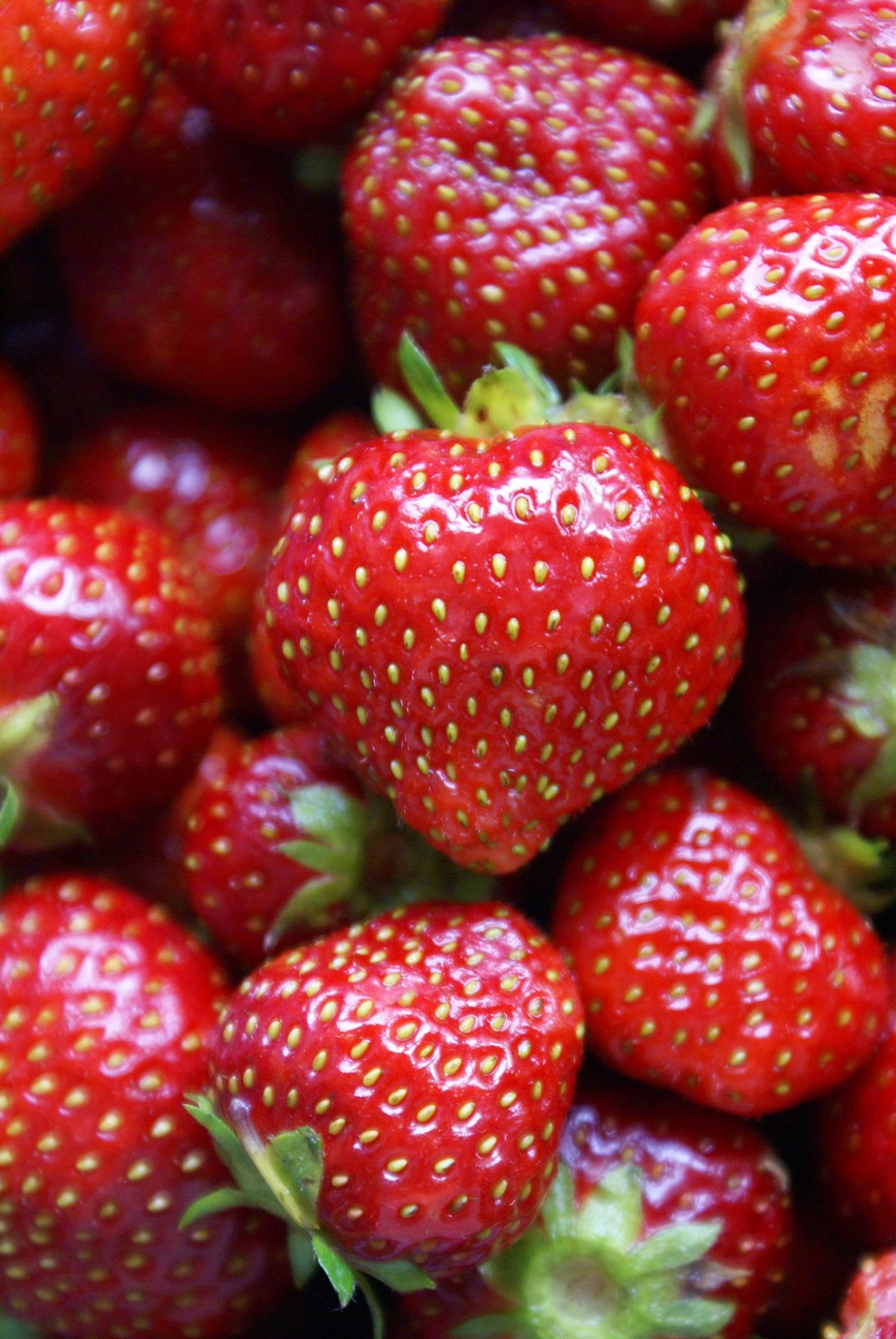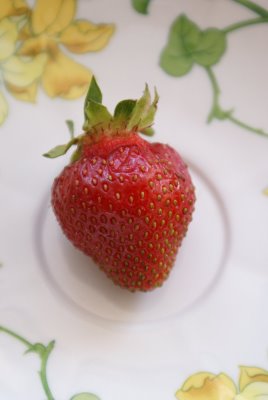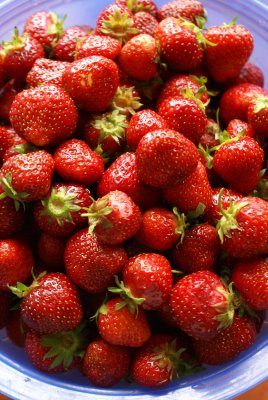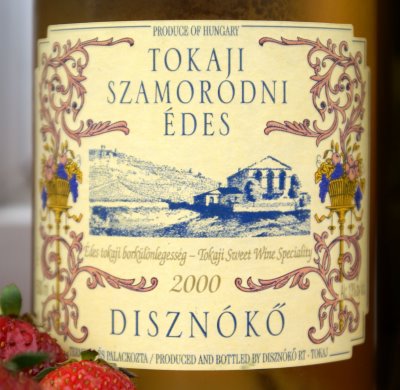Tea and chocolate
An exercise matching tea and chocolate. Can this work at all? Isn’t chocolate too powerful to have with tea? I try some artisanal chocolate pralines with green, oolong, black and puer tea.
An exercise matching tea and chocolate. Can this work at all? Isn’t chocolate too powerful to have with tea? I try some artisanal chocolate pralines with green, oolong, black and puer tea.
It’s hot…

Tea & food matching is a hugely underdeveloped research field. Given tea’s similarities to wine in terms of variety and terroir character, there’s no reason why it shouldn’t behave similarly to wine in the endless combinations with food. And unlike coffee or whisky, tea effectively refreshes your palate and quenches your thirst, so it can be served through even an extended meal in countless variations.
Yet it’s really rare to see a more systematic approach to tea as an accompaniment to food. (Read
here for one interesting article). It’s a cultural thing. When served with Asian cuisine, tea is subordinated instead of elevated, and is expected to give a discrete support instead of taking first stage. (At Chinese restaurants it’s often served free of charge, so what kind of quality can you expect?). Flavoured tea such as jasmine or Lapsang Souchong are classic mealtime teas. When that antique puer cake is called upon, it’s served between meals to be sipped in isolation.As my first take on the subject I tackled the fairly straightforward subject of strawberries. They do make a natural match with tea, often being served outside a proper meal, at what is tellingly called ‘teatime’ in Europe. They’re not too sweet and can match with a wide range of teas.
The following teas were tasted at various times over the last weeks (half of them in a single sitting, which you can see on the photos). I’ve tried to brew each tea with what can be termed ‘standard parameters’: green with 70C water, oolongs, puers and blacks with boiling water and longer steeps. All teas were dosed at 2g for 100ml of water in porcelain competition tasting sets. Where available I have linked to my earlier reviews of the same teas so you can click for complete tasting notes.

2009 Sencha Fukamushi Supreme
From O-Cha (to be reviewed here soon). Brewed 90s @ 70C which resulted in a rather light tea with not a lot of tang. May I say this is a bit neutral and hardly adding much to the experience. Also I don’t quite like the grassy overtones with the strawberries’ fruitiness. Save this very good Japanese sencha for fish!
2008 Zhuyeqing
Not reviewed on this blog yet. It’s an excellent Chinese green from Sichuan, purchased from Dragon Tea House. It’s a very light, airy, elegant tea (be sure to brew with well-cooled water, not higher than 75C IME). Not a bad match at all, providing a discrete framework for the strawberries, though there’s no denying it’s much on the light side.
2008 Dancong Milan Xiang AAA: spent leaves after 6 infusions.
Tea Masters’ 2008 Baihao (Oriental Beauty), first infusion.
From left to right: Baozhong, Dancong, Shuijingui, Fengqing black tea, Fengqing green puer.
2008 Wuyi Shuijingui
Not reviewed on this blog yet. It’s another Dragon Tea House offering. It’s a classic Wuyi yancha oolong that however offers a more extravagant dried fruits bouquet than your average Shuixian. Brewed 30s @ 100C it gives a medium dark brew (see photo above) with moderate structure and expressive aromatics. It acts as a nice discrete support to the strawberries – which is perhaps disappointingly little for a top Wuyi. And there’s an irreconcilable clash between the high roast and the fresh fruit. Charcoal, roasted coffee, fumé, caramel: you don’t want these flavours juxtaposed on your strawberries, especially on the tea’s finish with its charcoal-flavoured edgy tannins. But I can think of worse matches: this is helped by this Shuijingui’s high aroma and expressive fruitiness.
2009 Fengqing Waishili
A hefty black tea from Yunnan. Brewed 90s @ 100C. Generally speaking, this is a miss. Oxidation, roast and smokiness just don’t pair (for my palate). Though culturally a black tea like this one would perhaps be a first choice for most Europeans. Not very pleasant: black tea just kills the fruitiness. Perhaps try with a fruitier type.
2008 Fengqing Fengshan Yihao: spent leaves.
2008 12 Gentelmen Chun Ya Shen Yun
Not reviewed on this blog yet. This is a cooked puer from
2008 12 Gentelmen Chun Ya Shen Yun cooked puer, 45 seconds of infusion.

Poland is a strawberry empire, currently the 6th largest producer in the world and 2nd in the EU (after Spain). A large part of the production is processed into jam and other preserves and there’s a high chance your Bonne Maman confiture includes more than a fair share of Polish fruit.
But the major excitement is with the dessert strawberries. Starting with the second decade of May through about the current period in July you can buy fresh strawberries absolutely everywhere, from green markets to improvised stalls on the high street. They’re also ridiculously cheap (this year’s rate was 0.60€ / kg) and really, really delicious.
There are several factors that make Polish strawberries such a feat. They are predominantly grown by small and smallish farmers, avoiding the large-scale industrial conditions that they see in Spain (Poland and Spain together produce more than 60% of Europe’s crop). They are usually grown directly in the ground (industrial fruit is usually grown on plastic foilage or even more sophisticated devices such as high-trellised plastic tubes). I’ll be far from saying much of Polish strawberry is organically grown but they surely see less pest control and more rudimentary fertilisation than the mass-produced stuff. They’re also universally sold on the day of picking (or the morning after an evening harvest). Unlike Spanish or Chilean strawberries that keep for a week in the refrigerator, it’s best to eat them on the day.

Polish strawberries are usually moderate in sweetness and have quite a crisp taste, especially early in the season. I usually enjoy the very first weeks best: that semi-sweet, crisp, subdued flavour is very refreshing. The intensity and depth of flavour is unmatched by any strawberry I’ve tried in Europe. They’re almost finished for this year, but when you’re planning your June holidays next year, you now know where to come: to Poland for strawberry tourism!
It’s also interesting to look at strawberries as a companion to various wines. When you serve them with sugar and Chantilly or in a tart, you’re restricted to fairly sweet dessert wines, but eaten on their own in the glory of their unadulterated natural flavour, there’s a broader range of possible pairings. Here I opened four different wines to have a look at strawberries and wine matching.

Adami Prosecco di Valdobbiadene Dry Vigneto Giardino 2006
A light, joyously frothy Italian fizz with a fair bit of residual sugar (‘dry’ is, in fact, a semi-sweet version). Notes of caster sugar and vanilla should be a natural match for strawberries. Yet the wine’s sweetness comes across as insufficient. Plus I’m not really convinced by the bubbles here: strawberries and fizz are an all-time classic for many people but for me, the slight coarseness and bitterness bubbles create on the palate tend to mask the natural fruit flavours. This was tried with not very sweet strawberries early in the season, and if you take sweeter fruit, it can be even more of a problem. It’s not a bad match all in all, but lacks sparkle to my tastes.
Tenuta Langasco Piemonte Brachetto 2007
This is a sparkling sweet red from Piedmont (similar to the Quagliano I reviewed

Conclusions? If you’re serving strawberries alongside biscuits or sponge cakes, a weighty sweet wine like the Tokaj I tried is a good all-rounder. For a luxurious apéritif, sweetish fizz is OK, provided it’s really fruity and intense. A Spätlese or light Auslese-styled Riesling is also a great idea, and this can be extended to other grapes such as Muscat or Pinot Gris. An intensely fruit semi-dry rosé could also work.
This honey is typical of southern Poland highlands. Goldenrod being one of the last plants to bloom in the early fall, this honey is rarely sold (often being left for the bees to feed on during the winter). As many honeys it is renowned for its medicinal properties – for all ailments of the bladder, prostate, and kidney stones in this case.This specific goldenrod honey is from the
Intensity of flavour and length of aftertaste are, for me, the hallmarks of a truly great honey. This one is really excellent.
With this enthusiastic consumption comes a vinous riddle: what wine do you serve with? While classic French food & wine matching considered asparagus a tricky ingredient that is best avoided, in fact it is fairly versatile. Green asparagus keeps things simple: just stick to a crisp unoaked white wine – whether Sauvignon Blanc, Riesling or something more local like Albariño or Welschriesling – and you can’t go wrong. I’ve also had lucky spells with bone-dry rosé (especially when I serve grilled green asparagus with one of my favourite sauces: romesco).
White asparagus is a little more capricious, being often served with heavy egg-based sauces such as sabayon or hollandaise (these were, in all probability, at the origin of the French reluctance towards serving wine with asparagus). A sturdier type of white wine with a bit of oak – such as Mâcon – is usually OK, as long as it keeps acidity. But a ‘perfect match’ (however controversial the concept) is more difficult to find. Trustworthy sources list a variety of bottles ranging from fino sherry through Chasselas (try to find this on way home tonight…) up to oaked white Pessac.
I have a soft spot for the classic German combination: steamed white asparagus, a light sauce, and Silvaner from
Franconia. Franken is a wine region that enjoys a unique combination of high profile among connoisseurs and total obscurity among the wider public. It produces little wine, selling it at rather high prices to a predominantly local market. It also boasts a long historical tradition (Steinwein was a very reputed wine in the 17th century), some fine terroirs (mostly shell limestone and Keuper, a kind of marl), and an excellent track record with its two leading varieties: Riesling and Silvaner. The latter – which you’ll find all around Central Europe from Alsace to Austria and Bohemia – is a local speciality, yielding dense, well-construed wines with spicy fruit, minerality and good ageing potential. With its profile of green apple, white pepper and good crispness, it is also a natural match for white asparagus.Never did it show more convincing than today with this Sulzfelder Maustal Silvaner Spätlese trocken 2005 from the
Brennfleck winery. This up-and-coming estate was relatively unknown back in 2006 when I visited them (and purchased this bottle), but now is very much on the way up. They are still not members of the prestigious VDP association, though, meaning they cannot join the latter’s vineyard classification. Why do I say this? Because this Maustal Silvaner is effectively a Grosses Gewächs, a grand cru of Franconia. A brilliant wine with depth and character.The wine itself has changed somewhat since my two tastings in May 2006 and August 2007, and today is showing better than expected. No sign of ageing. This has lost its Franken exotic fruit exuberance of youth (which can sometimes be funky when top cru wines smell of canned papaya), and we are left with a much clearer limestone minerality. Not a complex wine but really deep and pure, this is very enticing, and more refined than many a Silvaner. Palate is quite rich and broad but retains respectable acidity and cut; finishes greener, almost lettucey. The only criticism is about the slightly high alcohol (13.5% alc.), but it is nothing outrageous. In a word, don’t serve too warm, but otherwise this is a stellar wine for a lovely price – Brennfleck are offering the current vintage of this for a ridiculous 12€.

Hugo Brennfleck: an over-performer from Franconia.
Another good beer from Poland.
Can Poland make good beer? Looking for an answer with two high-end lagers.
A classic that never disappoints.
By pure chance today, I walked past a Sunday market near the Ethnographic Museum in Warsaw. Various regional products from the Suwałki region in north-eastern Poland were on sale. There were breads, sausages, baskets, wooden carvings, clothes. This region, once the cradle of the now-defunct Yotvingian people, and now a borderland between Lithuania and Poland, is considered one of our most valuable natural reserves, with a very rural landscape of ancient woods, lakes and pastures. As a region of strong ethnic identity, it also boasts a rich culinary tradition with many savoury and sweet specialities.
One stand at the market caught my attention. The
Witkowski family from Puńsk was offering a staggering array of honeys. From what I gathered later browsing the www, Piotr Witkowski is considered one of the leading beekeepers in Northern Poland. His production technique is very traditional, all honeys are slowly cold-pressed and see minimal manipulation. My knowledge of honey production is extremely limited, but taste-wise these are probably the best honeys I ever tasted.Mustard honey is the lightest of the three. A light yellow-orange colour, it has a spicy, almost meaty aroma giving way to various yellow fruits. Quite a distinctive taste, and a medium-grained texture with good length.
Piotr Witkowski’s mustard honey.
Buckwheat honey is a style quite widespread in Poland, but is difficult to make and therefore expensive. It is a richly-flavoured honey with a distinctive, spicy, savoury taste that I enjoy on colder days, and have in the past used in cooking (e.g. to flavour a panna cotta). Witkowski’s version is truly Baroque in its richness of flavour and its fantastically smooth, silky texture. But the most extraordinary of these is the dandelion honey. In Poland it is usually considered a medicinal honey (for stomach aches etc.), and is quite rare. Being produced in the early summer, this version has fully crystallised, and has a thick creamy, almost pomadey texture. The flavour is simply amazing. There are reminiscences of stone fruits, ripe citrus, vanilla, with an almost liqueur-like texture on the palate. A unique taste experience!
Mniszek lekarski = dandelion.